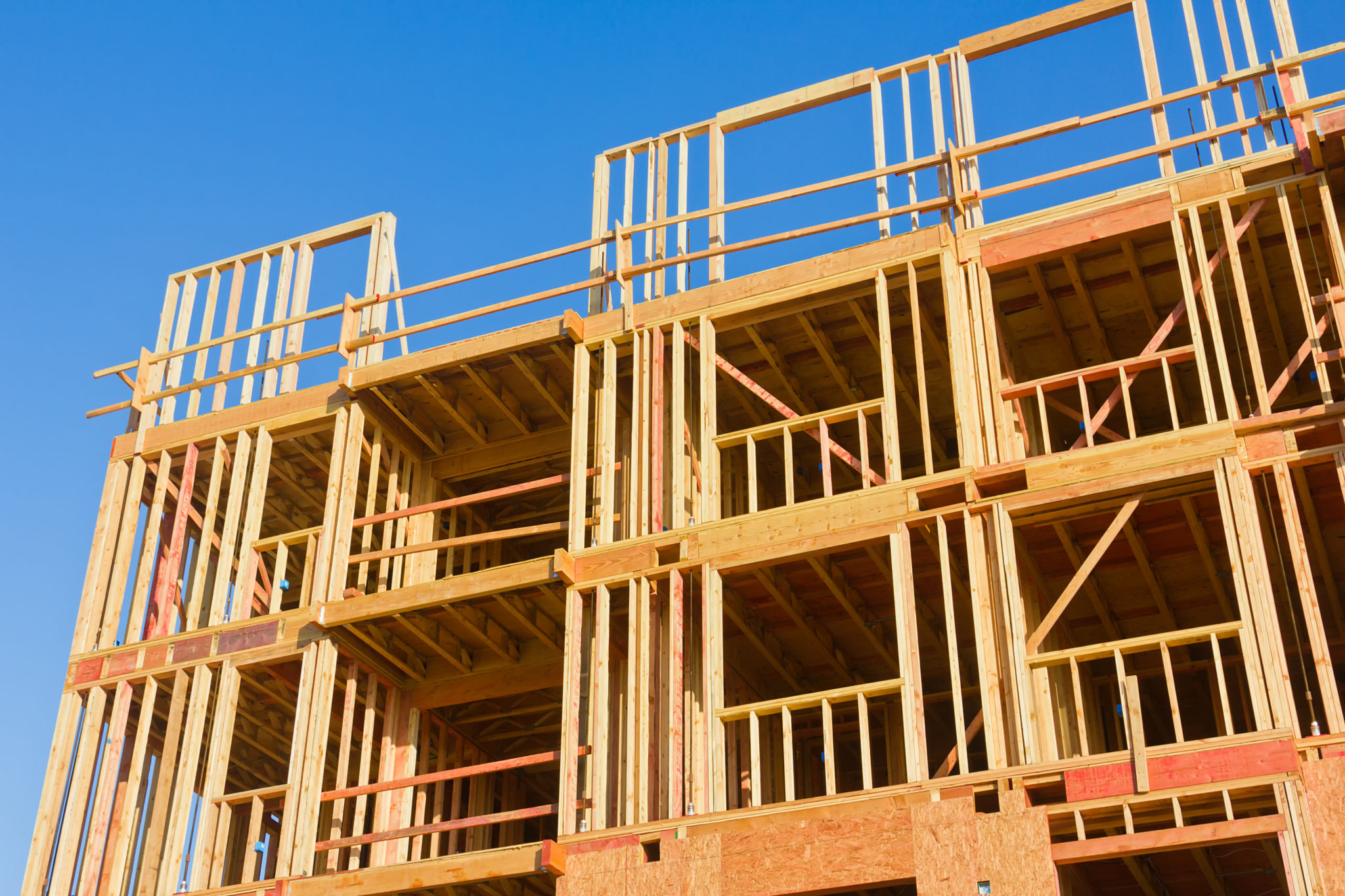Health and Safety | UK Regulatory Outlook November 2022
Published on 30th November 2022
HSE's latest statistics underline the importance of managing mental health within the workplace | New HSE guidance for supporting disabled workers and workers with long-term health conditions | Government publishes consultation on the Building Safety Levy

Health and safety HSE's latest statistics underline the importance of managing mental health within the workplace
On 23 November, the Health and Safety Executive (HSE) released its annual work-related ill-health and injury statistics for 2021/22 which show that around half of recorded work-related illnesses fall under the category of work-related stress, depression or anxiety. The HSE warns of the impact work-related mental health issues can have on an employee' life and their ability to perform their best at work; subsequently these figures come as a timely reminder to businesses of their duties to ensure the mental health and wellbeing of their employees. Read our Insight for more.
New HSE guidance for supporting disabled workers and workers with long-term health conditions
On 14 November, the Health and Safety Executive (HSE) published new guidance which aims to support businesses to establish an inclusive approach to workplace health. This guidance is based around the following steps that employers should focus on to ensure those with disabilities and long-term health conditions are supported within the workplace:
- Create a supportive and enabling workplace
- Take an inclusive approach to workplace health
- Understand the work barriers that impact on workers
- Make suitable workplace adjustments or modifications
- Develop skills, knowledge and understanding
- Use effective and accessible communication
- Support sickness absence and return to work
While this guidance is aimed at small-to-medium sized businesses, it is a useful tool for all businesses to familiarise themselves with the principles.
Government publishes consultation on the Building Safety Levy
On the 22 November, the government launched a consultation on the implementation of the Building Safety Levy which developers will be expected to pay on new residential buildings, regardless of their height, so leaseholders are not made to pay to fix unsafe buildings. The consultation is seeking views on how the levy will work, what the rates will be, who must pay, what sanctions and enforcement will apply, and who is responsible for collecting the levy.
In the press release published alongside the consultation, the minister for Local Government and Building Safety, Lee Rowley, said: "We have been clear that developers must pay to fix building safety issues and the Building Safety Levy is an important part of making that a reality. Today’s consultation will give industry and local authorities an opportunity to work with us going forward. By having these plans in place, we can ensure that all leaseholders are protected, regardless of whether their developer has pledged to remediate or not."
This consultation is open until 7 February 2023. The government is inviting views from all interested parties – especially developers of all sizes, building control professionals and local authorities – and states that these views will be taken into account before any final decisions are made next year. Osborne Clarke will be feeding into the consultation , so please do get in contact or alternatively respond directly. The proposed expansion of this levy is a significant change and would be a further challenge for all those developing residential property.
HSE prosecutions
Eddie Stobart fined after workers exposed to asbestos
This month, the Health and Safety Executive (HSE) announced that logistics company, Eddie Stobart, has been fined £133,000 after building work at one of its sites exposed staff to asbestos when asbestos-containing materials (ACMs) were disturbed. It was found that an asbestos survey had not been carried out and workers involved had not received any training in relation to asbestos. The company also failed to report the incident under the Reporting of Injuries, Diseases and Dangerous Occurrences Regulations 2013 (RIDDOR) within the 10-day timeframe.
Subsequently, Eddie Stobart pleaded guilty to breaching Regulation 5 of The Control of Asbestos Regulations 2012 and Regulation 11(1) of The Control of Asbestos Regulations 2012 and was issued a fine of £133,000 and ordered to pay costs of £9,260 on 4 November 2022. The HSE inspector commented on the case: "The law requires businesses undertaking work in demolition, maintenance or any other work which exposes or is liable to expose employees to asbestos to assume ACMs are present unless you have evidence, such as an asbestos survey to indicate otherwise. The duty to manage asbestos relates to entire premises including yard areas, not just buildings. There is no safe level of exposure to asbestos.”
The ACMs were disturbed during preparation for resurfacing of a yard. ACMs may not always be just within buildings and the definition of premises under the regulations is broad. The fine could well have been higher given the size of the company and the fact that the potential exposure was over a period of months. It is critical that where demolition or excavation works are being done to any brownfield site that the area is tested first: unfortunately there remains buried a substantial amount of ACMs, with the potential for harmful exposure if disturbed.
Government further delays use of UK product safety marking
Please see Products.



